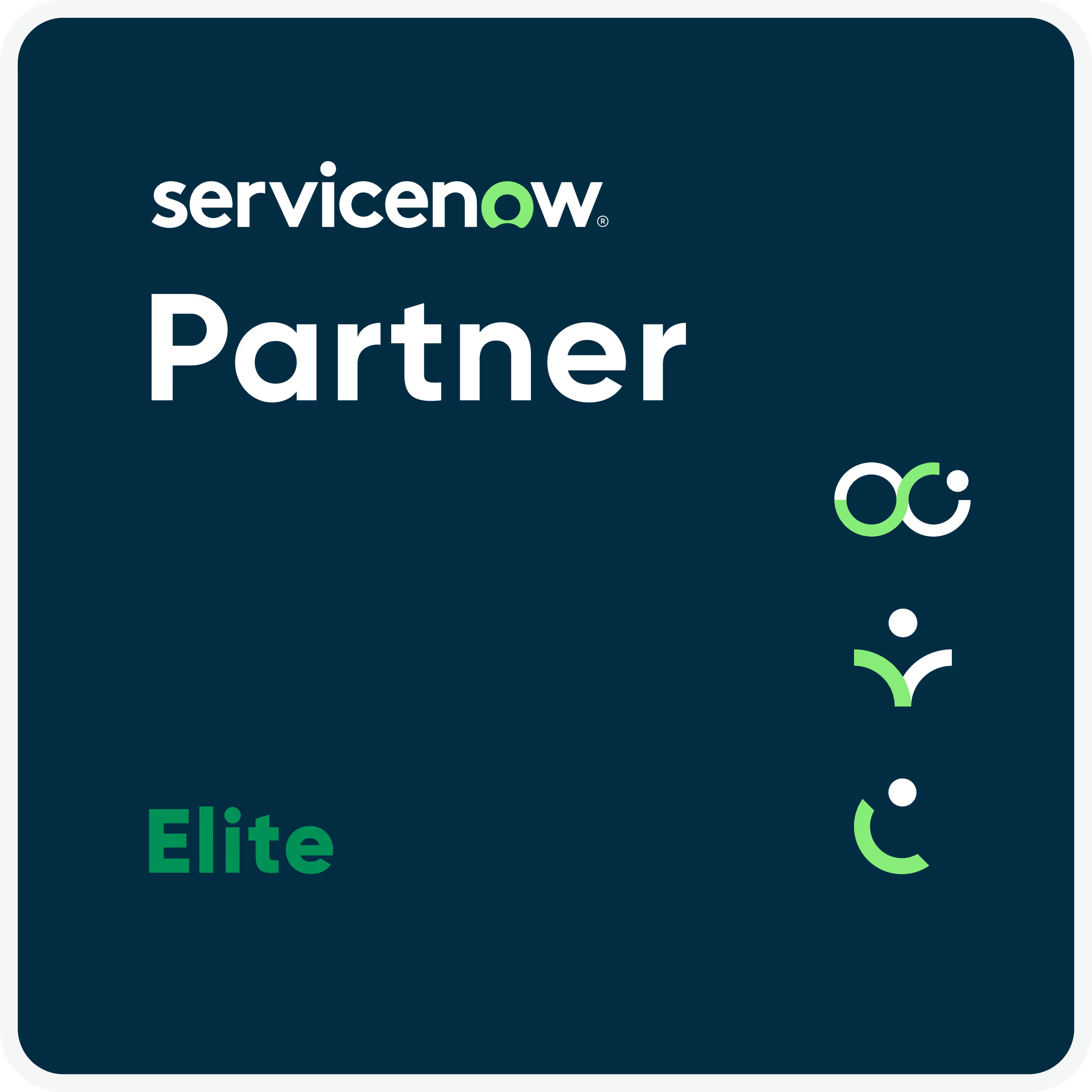ServiceNow is one of the fastest-growing enterprise platforms in the world. But for many organizations, the biggest challenge isn’t just implementing it, it’s proving the return on investment (ROI). How do you move beyond “we went live” to “we delivered measurable business outcomes”?
The ROI Challenge
Executives often ask: “We spent millions on ServiceNow but what did we get in return?”
Traditional project metrics like on-time, on-budget, etc., do not capture business value.
Without clear measurement, platforms risk being seen as cost centers instead of value engines.
A Framework for Measuring ROI in ServiceNow
1. Cost Savings
- Reduction in manual work (e.g., automation replacing emails and spreadsheets)
- Lower incident resolution time = fewer hours lost
- Example: Automating access requests saves X hours per week, valued at $Y annually
2. Productivity Gains
- Improved employee experience with self-service and virtual agents
- Workspaces reduce “swivel-chairing” between tools
- Example: Employee Center consolidates IT + HR, reducing service request handling time by 30%
3. Risk Reduction
- Stronger compliance through GRC, Risk, and Audit modules
- Fewer failed audits and reduced regulatory penalties
- Example: Automated policy attestation reduces risk exposure by X%
4. Value Acceleration
- Strategic Portfolio Management (SPM) aligns funding with outcomes
- Faster time-to-market for new services & products
- Example: Moving from project to product funding ensures investments stay aligned with strategy
5. Experience & Engagement
- Measured through CSAT, ESAT, and adoption rates
- Happier employees = reduced turnover and improved service culture
How to Make ROI Real
Define KPIs early: Build ROI measures into the business case before implementation
Use OOB dashboards: Leverage Performance Analytics to continuously track outcomes
Tell the story: Translate metrics into executive language such as cost avoidance, hours saved, and risk reduced


/Passle/687faed8406a27ba06a79b50/SearchServiceImages/2025-11-18-23-09-00-300-691cfc8ce22d9808a791cfb8.jpg)
/Passle/687faed8406a27ba06a79b50/SearchServiceImages/2025-10-22-19-24-13-567-68f92f5d096071562649ff47.jpg)
/Passle/687faed8406a27ba06a79b50/SearchServiceImages/2025-10-22-19-18-55-083-68f92e1fc103613cebe804ef.jpg)















